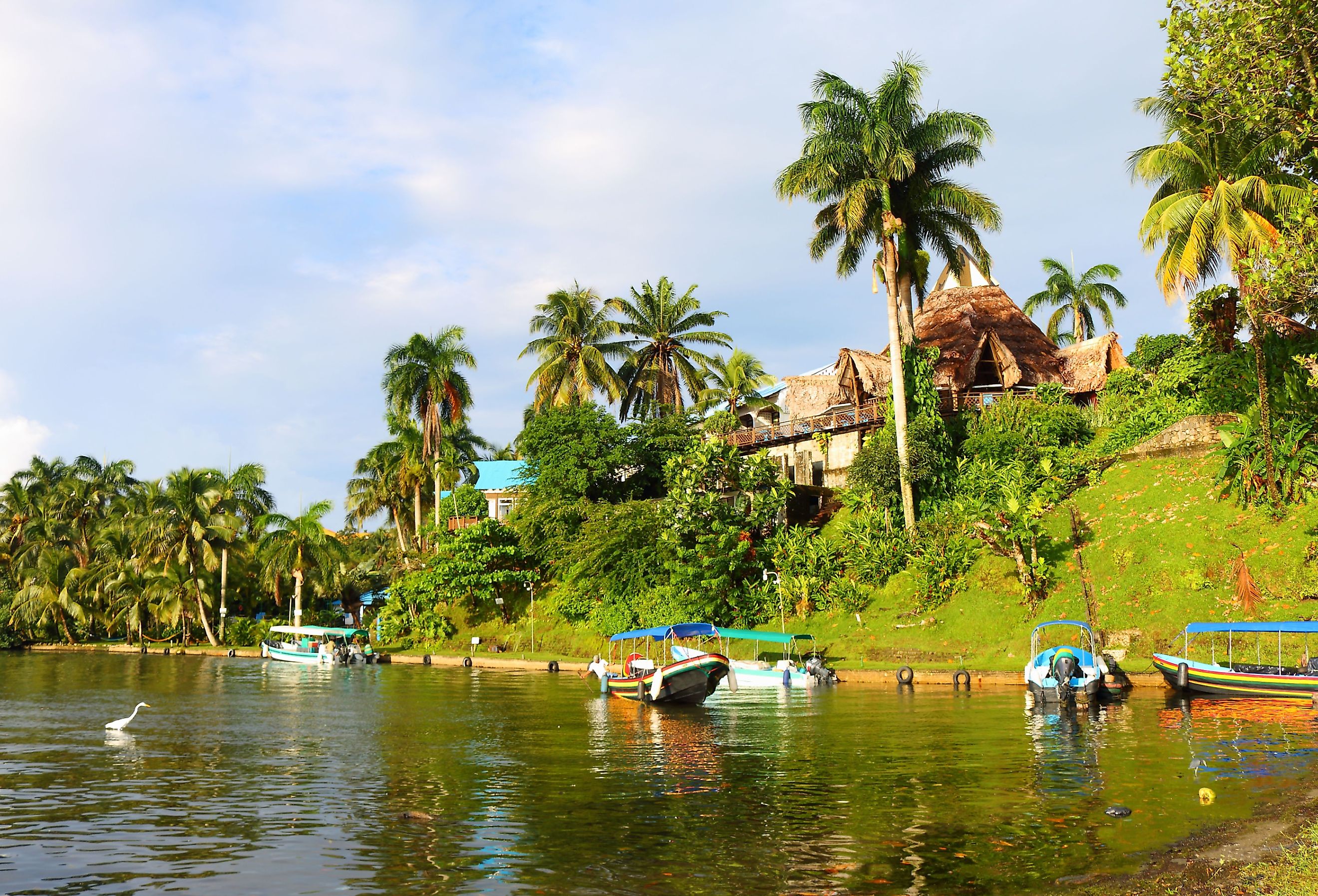
Gulf of Honduras
The Gulf of Honduras is a large inlet of the Caribbean Sea, which indents three Central American countries: Guatemala, Belize, and Honduras. The Gulf runs approximately 200 km or 125 miles from North to South. The gulf begins around Dangringa, Belize, and ends around La Ceiba, Honduras where it merges into the Caribbean. The Gulf is a significant source of income for these three countries. It employs tourist operators, fishermen, and other related businesses. It is also a vital source of food and sustenance for Central America.
The Gulf's Climate
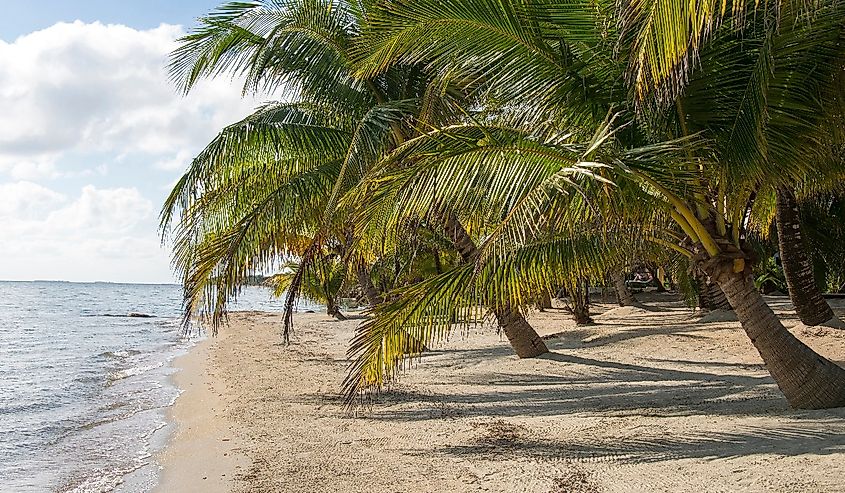
The Gulf has a tropical or subtropical climate, with average annual temperatures of 28°C (82°F). During winter, temperatures drop slightly to 23 °C (73 °F). There are two seasons, a dry season from November to May and a monsoon season from June to October. Climates vary along the coast. During hurricane season, heavy rain, strong winds, and large swells can devastatingly affect local human populations and the marine environment.
The Gulf's Geography
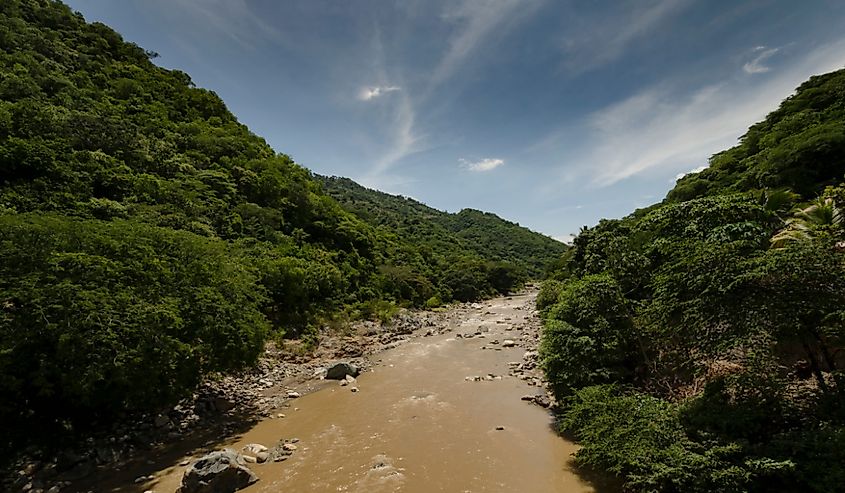
The Gulf receives runoff from watersheds from 12 different river basins from Guatemala, four from Belize, and two from Honduras. These river systems include the Motagua, Sarstoon, and Ulua rivers. These rivers originate in Central America's highlands. Their runoff has created an exceptional and diverse ecosystem in the Gulf. Warm, shallow water is home to coral reefs, seagrass beds, and mangroves. These reefs provide habitat for fish, marine mammals, and birds. The area is also known for its abundance of shrimp and fish.
The mixing of coastal and open waters and ocean currents creates distinct environments in and around the Gulf. These environments include beaches, salt marshes, keys, mangrove forests, and barrier reefs. The reefs of Pelican Cays in Belize and the Bay Islands of Honduras are home to a wide variety of marine species. These reefs attract tourists from around the world, offering world-class snorkeling and diving.
The Gulf of Honduras is a very popular recreational and commercial fishing destination. It is known for its excellent fishing for snapper, grouper, and tarpon. It is also an ideal spot for recreational activities such as swimming, sailing, and snorkeling
The Gulf's Ecosystem
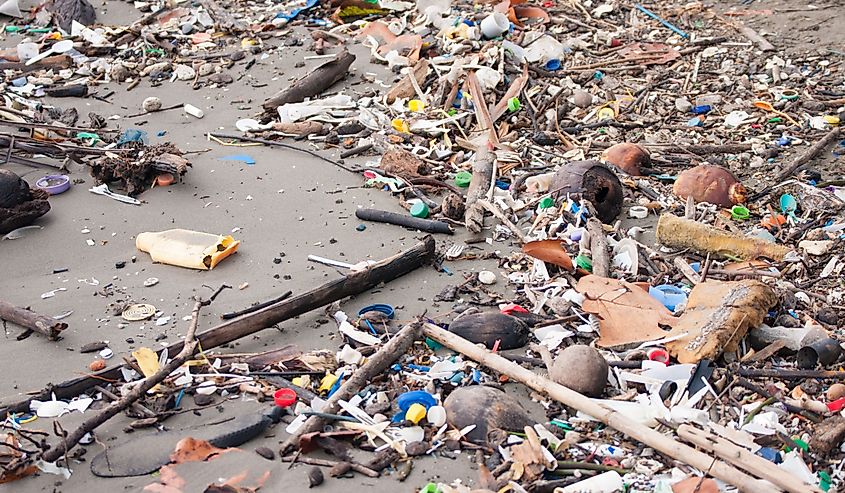
The delicate ecosystems of the Gulf are a crucial area of study for scientists and conservationists alike. Today, the Gulf is dealing with many issues related to pollution, overfishing, and climate change. Some of the most significant issues stem from agricultural runoff and industrial waste. These pollutants can drastically affect wildlife in reef environments.
Due to poor waste management in some areas, trash is frequently discovered on beaches around the Gulf of Honduras. According to some estimates, 50% of Belize's waste is not collected and ends up in waterways.
History of the Gulf of Honduras
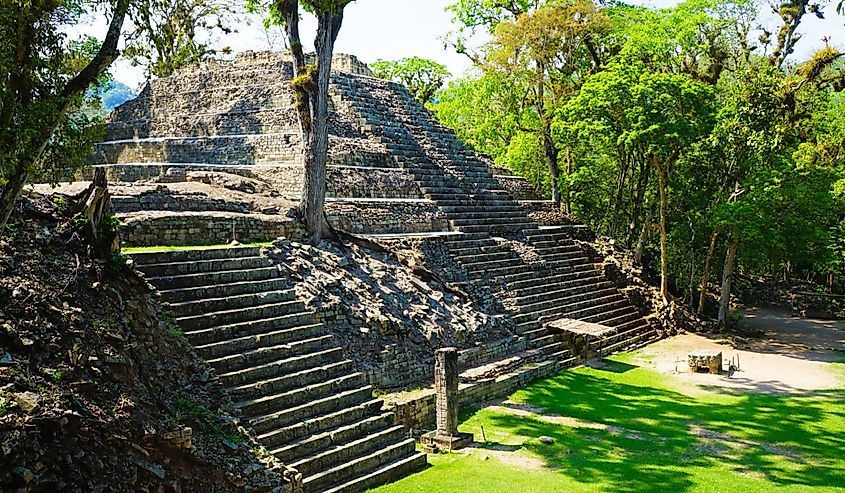
In addition to its natural beauty and unique environment, the Gulf of Honduras has a rich cultural history. It is the home of many indigenous cultures, such as the famous Maya and the Lenka peoples. Many ancient ruins can be found throughout the coastal regions of the gulf. The Mayan city of Copan in Honduras, on the border with Guatemala is one of the most renowned sites. From the 5th to the 9th century AD, this was a Mayan center for commerce and trade throughout the Empire.
The 16th century marked a significant change in the region with the Spanish arrival. Much upheaval occurred during this period. Indigenous communities were heavily impacted by cultural and political changes as well as diseases brought over by the Spanish. Many of the indigenous people were forced into slavery or were forced to work for the Spanish in other ways, leading to a loss of their traditional ways of life and a weakening of their cultural practices.
Eventually, Spanish presence and power in the region declined, although the impacts of this time period on many native cultures continue to be significant. European influence and exploitation continued throughout the subsequent centuries.
In the 18th century, the British Empire established Belize as one of its colonies. During this period, the Gulf of Honduras became a pirate hot spot. Buccaneers, secretly backed by the British government, plundered Spanish settlements along the coast. They accumulated vast amounts of wealth while diminishing Spanish power in the region. In the 19th century, European navies patrolled Gulf coastal waters, and piracy in the region decreased significantly.
Conclusion
Today, the Gulf of Honduras is a vibrant, culturally, and environmentally significant part of the Caribbean coast. Its diverse cultural heritage and natural beauty draw travelers from all over the world. The Gulf remains a significant center for commerce, fishing, and conservation. It is home to people of American, African, European, and Asian descent, who have all contributed to the significance of this fascinating region.











